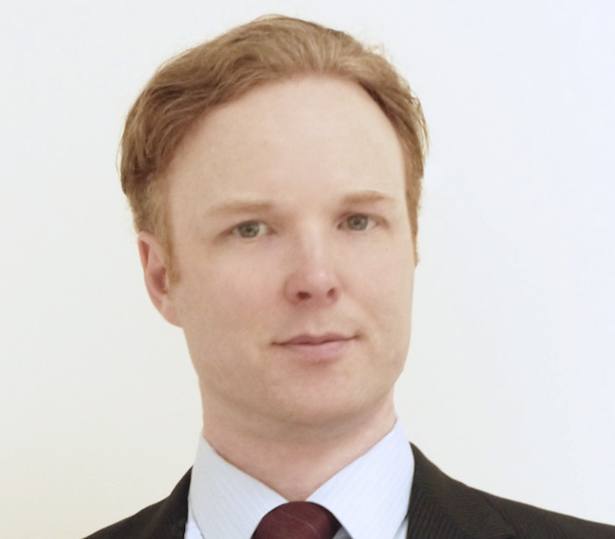Discretionary Fund Management has become a popular tool for many financial advisers who have to find efficient ways of making the right investment decisions for their clients.
Since the arrival of the RDR, advisers have to be clearer what their charges are for clients, and have less scope for researching the market in the way they used to.
There are also other regulatory initiatives, that force advisers to be clear to clients about how their investment is doing and how much they are getting paid for it.
One feature of discretionary fund management is the emergence of model portfolios, an off the shelf solution that is cheaper than the typical DFM.
Many compare them to multi-asset funds, and they have a different approach to investment choice and asset allocation, and may be less tax efficient than multi-asset funds.
Sustainability has moved up the agenda for many people, not just in the investment sector, and DFMs are the same as any other area.
So managers in charge of asset allocation are having to take sustainability factors into account, as the demand from investors increase.
This guide is worth an indicative 60 minutes









